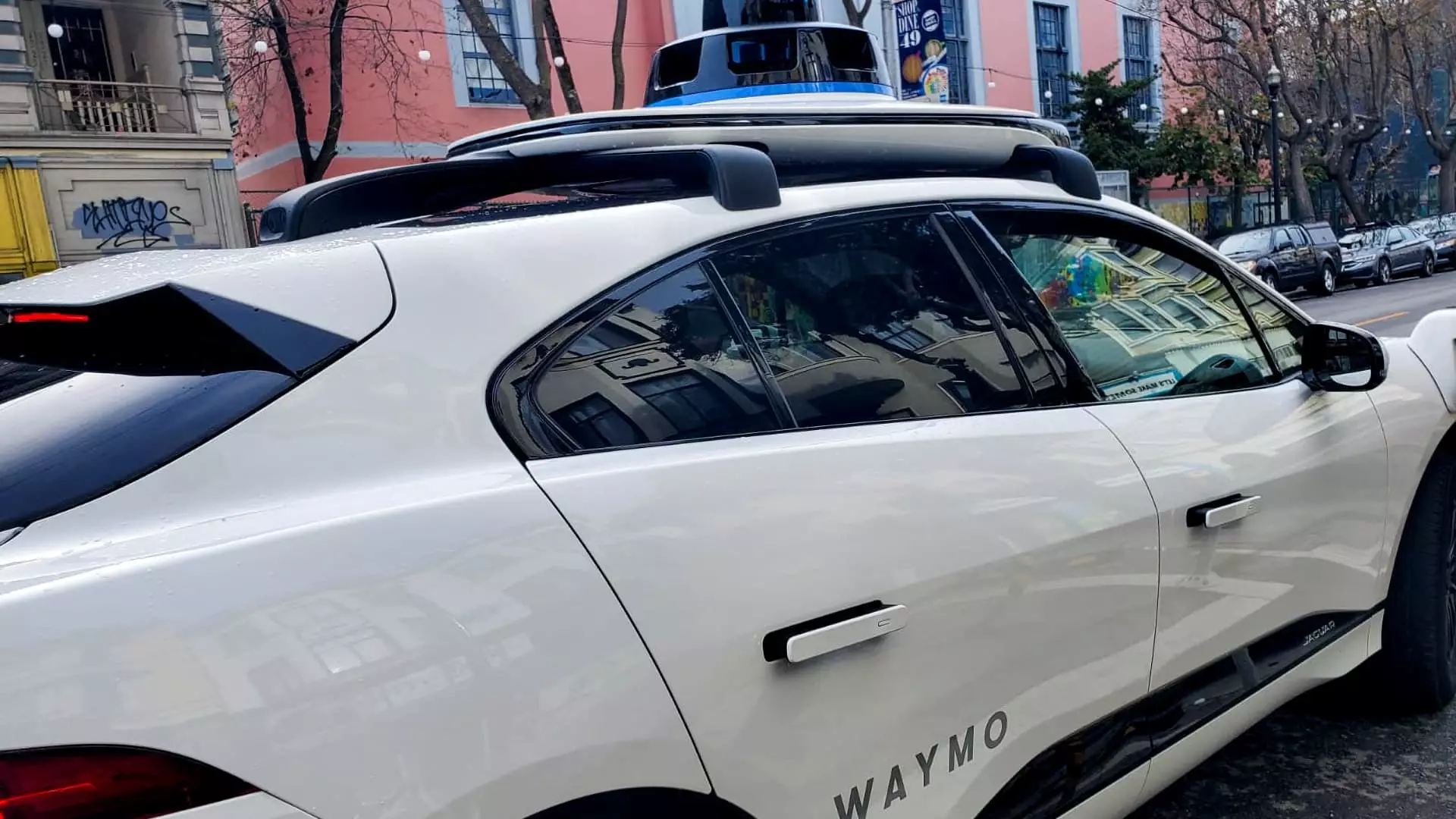As the driverless vehicle landscape evolves, Alphabet-owned Waymo has announced its intention to commence testing autonomous vehicles in Tokyo by early 2025. This strategic foray is not just an expansion of services but signifies a potential shift in urban mobility within one of the world’s most rapidly transitioning cities. However, while excitement surrounds this venture, several challenges and opportunities warrant careful examination.
Waymo’s decision to partner with Japan’s largest taxi operator, Nihon Kotsu, highlights the importance of local partnerships in successfully navigating foreign markets. This collaboration will initially see human drivers operating Waymo’s Jaguar I-PACE vehicles to meticulously map the streets of Tokyo, an essential first step in understanding the complexities of the city’s infrastructure and traffic patterns. The data gleaned from these manual operating tests is anticipated to assist in refining Waymo’s artificial intelligence systems, a crucial part of developing vehicles that can autonomously navigate Japan’s bustling roads.
This early phase of operation reflects a broader strategic trend where tech companies engage local stakeholders to ensure that their technologies are tailored to the unique characteristics of new markets. Nihon Kotsu’s role doesn’t merely include driving; it also extends to vehicle management and servicing, thus laying the groundwork for a seamless operational framework that can adapt to the needs and expectations of Tokyo’s residents.
Entering a market where left-hand traffic is the norm introduces a unique set of challenges for Waymo, which primarily operates in countries with right-hand traffic rules. This shift necessitates not only technical adjustments to the vehicle’s navigation systems but also understanding behavioral nuances of drivers and pedestrians accustomed to a different set of driving rules. To counter this, Waymo intends to simulate driving conditions in Japan through controlled testing in the U.S. Such preparatory measures could mitigate risks associated with initial trials and highlight Waymo’s commitment toward safe and effective integration.
Furthermore, the mapping process will encompass key districts, including Shinjuku and Shibuya—areas renowned for their dense traffic and vibrant pedestrian activity. The knowledge gained from this will be imperative for Waymo’s adjustments to ensure safety and efficiency in its operations.
The Japanese national and Tokyo Metropolitan governments have indicated their enthusiasm for autonomous vehicle technology, seeing it as a potential critical solution to the challenges posed by an aging population. With the World Economic Forum acknowledging the need for innovative transportation solutions, there seems to be a symbiotic relationship growing between government initiatives and private enterprise efforts.
The designation of “test zones” in Tokyo specifically for self-driving cars demonstrates a proactive approach in creating an environment conducive to technological advancements. Yet, one must consider that this support comes amid mixed sentiments regarding the readiness of the infrastructure and public acceptance of autonomous vehicles in daily life—a factor that could influence the success of Waymo’s ambitions.
Waymo’s expansion into Japan arrives at a time when the autonomous vehicle market is in a state of flux. The recent withdrawal of General Motors from its Cruise robotaxi division illustrates the volatility among players in this sector. The contrast between Waymo’s continued commitment and the struggles faced by others emphasizes the competitive landscape wherein adaptability, local partnerships, and regulatory navigation are paramount to success.
Simultaneously, the aspirations of local companies like Tier IV and ZMP, alongside Honda’s ambitions for a driverless service by 2026, indicate a growing local interest in capturing the autonomous vehicle market. As Waymo initiates its projects in Japan, the interactions and competition with these domestic players may catalyze further innovation and improvements in the space.
Waymo’s entry into Tokyo heralds an era of potential transformation in urban transport, but the journey will likely be fraught with challenges that necessitate troubleshooting on multiple fronts. Through strategic partnerships, understanding local regulations, and adjusting to unique traffic behaviors, Waymo aims not only to enter the Japanese market successfully but also to provide a tangible benefit to Tokyo’s residents. Ultimately, the effectiveness of this venture will depend on a blend of technological innovation, cultural adaptation, and regulatory support as the city embarks on its journey toward novel transportation modalities.

